 Im September erschien gerade der Sammelband „Ästhetik des Gemachten: Interdisziplinäre Beiträge zur Animations- und Comicforschung“, welcher als Open Access-Publikation verfügbar ist. Herausgegeben wurde der bei De Gruyter erschienene Band von Hans-Joachim Backe, Julia Eckel, Erwin Feyersinger, Véronique Sina und Jan-Noël Thon. Die Publikation versammelt diverse Beiträge der AG-Kooperationstagung „Zur Ästhetik des Gemachten in Animation und Comic“, die im November 2016 in Hannover stattfand.
Im September erschien gerade der Sammelband „Ästhetik des Gemachten: Interdisziplinäre Beiträge zur Animations- und Comicforschung“, welcher als Open Access-Publikation verfügbar ist. Herausgegeben wurde der bei De Gruyter erschienene Band von Hans-Joachim Backe, Julia Eckel, Erwin Feyersinger, Véronique Sina und Jan-Noël Thon. Die Publikation versammelt diverse Beiträge der AG-Kooperationstagung „Zur Ästhetik des Gemachten in Animation und Comic“, die im November 2016 in Hannover stattfand.
Kurzbeschreibung:
„Animation und Comic weisen in ihren Ästhetiken offenkundige Parallelen auf, denen jedoch bislang in der jeweils einschlägigen Forschung kaum angemessene Aufmerksamkeit gewidmet wurde. Beide basieren auf künstlerischen Praktiken, die unter Einsatz spezifischer Techniken Bilder generieren, welche wiederum diese Techniken ihrer Entstehung in einer besonderen Art und Weise mitausstellen. So verweisen die gezeichneten Linien des Comics oder des Cartoons auf den Akt des Zeichnens selbst, die Knetfiguren im Stop-Motion-Animationsfilm auf den Akt ihrer händischen (Ver-)Formung oder die hyperrealistischen, überhöhten Figuren des Superheld_innen-Comics und VFXKinos auf ihren Status als Artefakte. Diese für ganz unterschiedliche Formen von Animation und Comics konstitutive Thematisierung der eigenen Gemachtheit bildet den Hauptgegenstand des vorliegenden Bandes, in dessen Rahmen aus einer dezidiert interdisziplinären Perspektive die Parallelen, Schnittstellen und Unterschiede herausgearbeitet werden, die sich im Kontext von Animations- und Comicforschung mit Blick auf die methodisch-analytische Erfassung der Materialität und Ästhetik ihrer jeweiligen Gegenstände ergeben.“

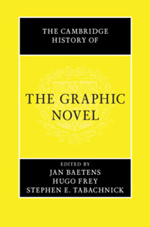

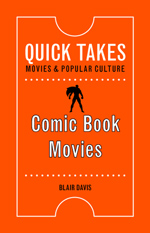
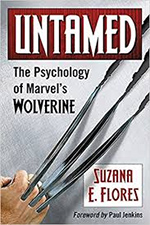
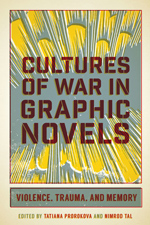

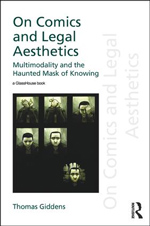
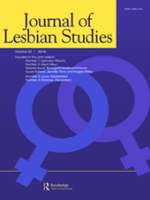
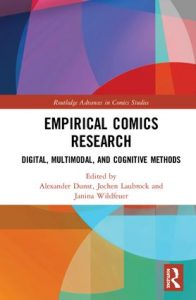 Soeben ist ein Sammelband zum Thema „Empirical Comics Research: Digital, Multimodal, and Cognitive Methods“ erschienen. Die englischsprachige Aufsatzsammlung wird von Routledge publiziert und ist von den deutschen Comicforscher_innen Alexander Dunst, Jochen Laubrock und Janina Wildfeuer herausgegeben worden.
Soeben ist ein Sammelband zum Thema „Empirical Comics Research: Digital, Multimodal, and Cognitive Methods“ erschienen. Die englischsprachige Aufsatzsammlung wird von Routledge publiziert und ist von den deutschen Comicforscher_innen Alexander Dunst, Jochen Laubrock und Janina Wildfeuer herausgegeben worden.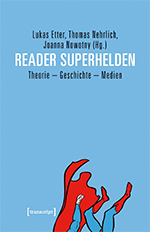


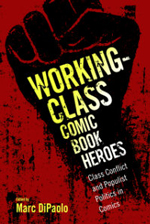
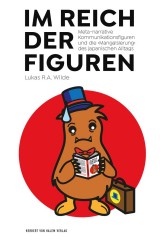
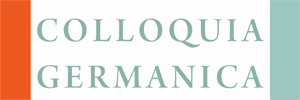 Gerade erschien eine Sonderausgabe der germanistischen Zeitschrift Colloquia Germanica (Bd. 48, Nr. 4) über deutsche Comics, die von Lynn Kutch (Kutztown) und ComFor-Mitglied Brett Sterling (Arkansas) herausgegeben wurde. Das Themenheft basiert auf einer Reihe von Panels auf der Jahrestagung der German Studies Association (GSA) von 2015, vor allem zu den Themen Comicadaptionen und Geschichte des Comics. Die Autor_innen sind sowohl amerikanische als auch europäische Comicforscher_innen und wollen dazu beitragen Comics als Forschungsgegenstand auch innerhalb der nordamerikanischen Germanistik zu etablieren.
Gerade erschien eine Sonderausgabe der germanistischen Zeitschrift Colloquia Germanica (Bd. 48, Nr. 4) über deutsche Comics, die von Lynn Kutch (Kutztown) und ComFor-Mitglied Brett Sterling (Arkansas) herausgegeben wurde. Das Themenheft basiert auf einer Reihe von Panels auf der Jahrestagung der German Studies Association (GSA) von 2015, vor allem zu den Themen Comicadaptionen und Geschichte des Comics. Die Autor_innen sind sowohl amerikanische als auch europäische Comicforscher_innen und wollen dazu beitragen Comics als Forschungsgegenstand auch innerhalb der nordamerikanischen Germanistik zu etablieren.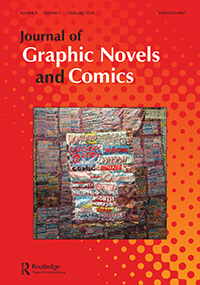 Die erste Ausgabe des Journal of Graphic Novels and Comics im Jahr 2018 wurde von David Huxley und Joan Ormrod herausgegeben und umfasst u.a. Artikel über Chris Ware, Superheldencomics und Alison Bechdel.
Die erste Ausgabe des Journal of Graphic Novels and Comics im Jahr 2018 wurde von David Huxley und Joan Ormrod herausgegeben und umfasst u.a. Artikel über Chris Ware, Superheldencomics und Alison Bechdel.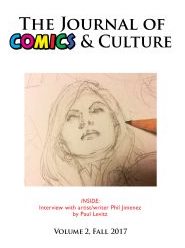 Die zweite Ausgabe des noch jungen Journal of Comics and Culture wurde von Carol Tilley und Paul Levitz herausgegeben und beschäftigt sich vor allem mit dem Einfluss von (amerikanischen) Comics auf die amerikanische Kultur.
Die zweite Ausgabe des noch jungen Journal of Comics and Culture wurde von Carol Tilley und Paul Levitz herausgegeben und beschäftigt sich vor allem mit dem Einfluss von (amerikanischen) Comics auf die amerikanische Kultur.